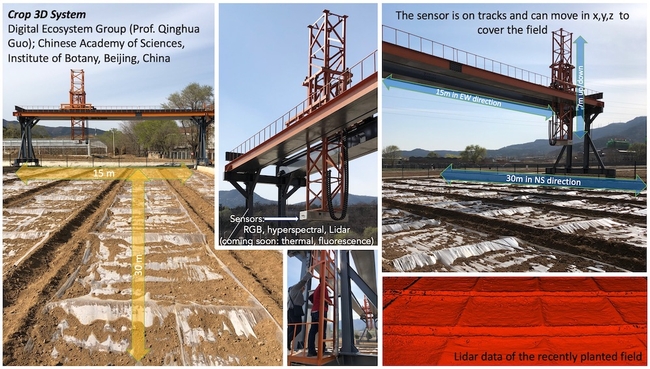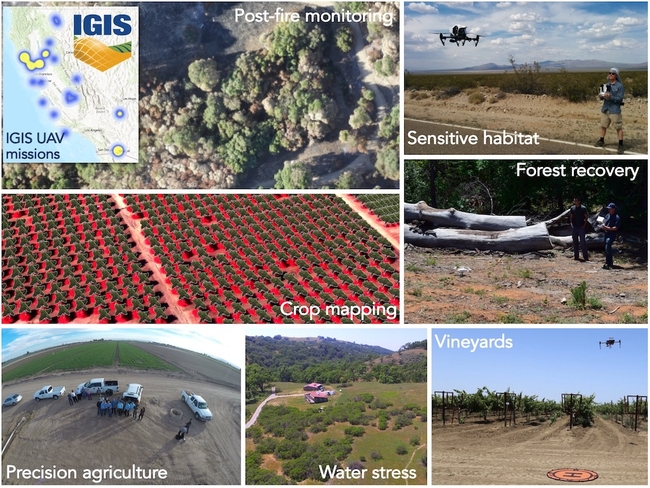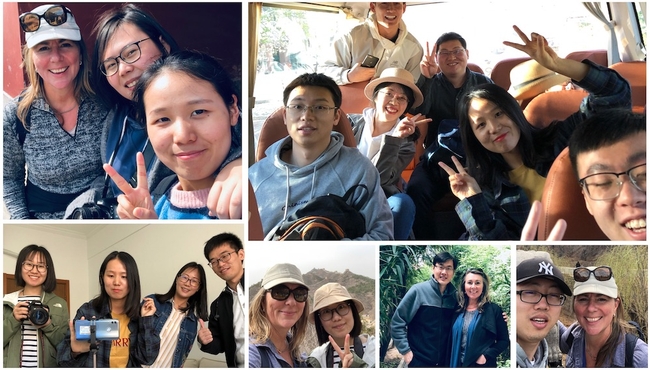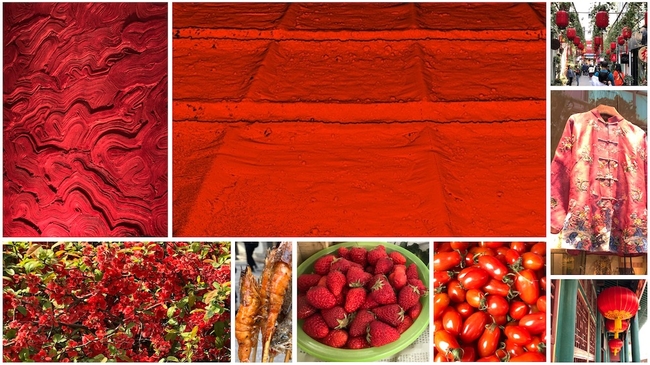Sabbatical report April 2019
I've been on sabbatical now for a few months, and it's time to report. I've been working on updating all my course materials: slides, reading and labs, for the fall. This has been a blast, and a lot of work! Especially the labs. We are finally moving to ArcGIS Pro, people! It's been scary, but thanks to some excellent on-line resources, including this list of excellent tutorials from Jarlath O'Neil-Dunne and from ESRI (Getting started with Pro) we are making progress. Shane Feirer and Robert Johnson from #IGIS are helping here too, and we'll likely be using some of the new material in IGIS workshops soon.
Currently, I am in China, visiting former PhD student Dr Qinghua Guo and my “grandstudent” Dr Yanjun Su at their lab set in the bucolic Institute of Botany northwest of Beijing (just outside the 5th ring, for those of you in the know). It has been a blast. I came to catch up on all the excellent UAV, lidar, remote sensing, and modeling work going on in the Digital Ecosystem Lab at the Institute of Botany (part of the Chinese Academy of Sciences). These students are serious Data Scientists: they are working on key spatial problems and remote sensing data problems using ML, classification, spatio-temporal algorithms, data fusion tools. They routinely work with lidar, hyperspectral, multispectral and field data, and focus on leaf-scale to landscape-scale processes. One of the big experiments they are working on uses a new instrument, dubbed “Crop3D”. It is a huge frame installed over an ag field with a movable sensor dock. The field is about 30m x 15m, and the sensor can move to cover the entire field. Here is my summary in graphic form:
This season's experiment focuses on mapping corn plant phenotypes using hyperspectral, RGB, and lidar data by classifying leaf-scale metrics such as leaf angle and branching angles, along with spectral indices. VERY COOL STUFF. I am eager to hear more about the results of the experiment and see what is yet to come.
I gave a couple of talks, one on “big” (serious air quotes here) data and ecology (to the Institute of Botany at the Chinese Academy of Sciences) and one on UAVs (to the Institute of Geographical Sciences and Natural Resources Research, CAS). In both I highlighted all the excellent work done by students and staff in my various research and outreach groups. In the first I focused on our Lidar work in the Sierra Nevada (with Qinghua Guo, Yanjun Su, Marek Jakubowski); the VTM work and FAIR data (with Kelly Easterday); and UAV/water stress (with Kelly again plus Sean Hogan and Jacob Flanagan). In the second talk I got to gush about all the IGIS work we are doing across our “Living Laboratories” in California. We have flown ~30 missions (total 25 km2) on and around the network of research properties in California (see the panel below for some examples). I talked about the recent CNN work with Ovidiu Csillik; the BORR water stress experiment with Kelly, Sean and Jacob; the fire recovery work at Hopland with Shane Feirer and the rest of the IGIS crew; and the outreach we do like DroneCamps. I also talked about UAV Grand Challenges: Scaling, Sampling, and Synergies. Those ideas are for another post.
My hosts took great care of me: Showing me the sites, making sure I tried all the regional delicacies, and indulging me in my usual blather. Below are some pics of us on our adventures, including in the bus on our way to a distant portion of the Great Wall. Walking the Wall was: 1) awesome (in the real sense of the word – it really is mind-blowing); 2) STEEP (calves were screaming at the end of the day); and 3) windy. Plus there are snakes. I was told that there are other sections of the Wall that are called “Wild Wall” which I think is extremely cool. And speaking of walls, GOT starts again this weekend. China in springtime is BURSTING with flowers. And being housed at the Institute of Botany means all of them are on show in a concentrated area. Finally, you can get all over this huge country on trains. Trains that go really fast (220 MPH), and are on time, and are comfortable! I went to Shanghai (800+ miles away) for the weekend by train! My current joke: “In China, it takes 4 hours to get from Beijing to Shanghai. In California, it takes 4 hours to get from Berkeley to Sacramento.” (Thanks Dad!)
Off to Tokyo. But not before a final panel of pics that remind me of this trip: Technology, Art, Food, Flowers, Shopping, History. Here in China, Red = Happiness + GoodLuck, not the Cardinal.
Author - Director, Statewide IGIS Program, Professor and Cooperative Extension Specialist



